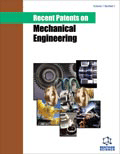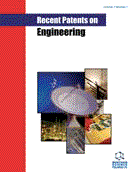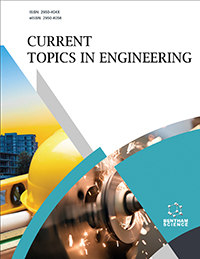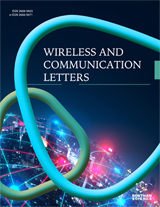Abstract
Based on the state-of-the-art of Arecibo 305m diameter telescope, an innovative design was proposed by the author ten years ago to build the next generation large radio telescope. In the design, a cable supporting system with 6 long reach cables is utilized to move the feed in space, which works in the same way as parallel cable-driven robots. In order to achieve the desired position precision of the feed, a fine-tuning Stewart platform is added to the cable supporting system. Due to the long reach of the cable and high feed position precision, cable curve needs to be carefully accounted for. Because of the low stiffness of the cable supporting system, the interaction between the cable supporting system and the Stewart platform is also a problem to solve. A series of key technology researches have been done, and both 5m and 50m demonstrate models are built to validate the proposed design. At the same time, several relevant patents have been issued. This paper intends to make an introduction and discussion about this. /P >
Keywords: Parallel cable-driven system, singularity elimination, cabin position and orientation test, dynamic coupling and complex control, 500m super large antenna
Recent Patents on Mechanical Engineering
Title: Review on Patents about Mechanical Design Technologies of Next Generation Super Large Radio Telescope
Volume: 1 Issue: 3
Author(s): Duan Baoyan and Du Jingli
Affiliation:
Keywords: Parallel cable-driven system, singularity elimination, cabin position and orientation test, dynamic coupling and complex control, 500m super large antenna
Abstract: Based on the state-of-the-art of Arecibo 305m diameter telescope, an innovative design was proposed by the author ten years ago to build the next generation large radio telescope. In the design, a cable supporting system with 6 long reach cables is utilized to move the feed in space, which works in the same way as parallel cable-driven robots. In order to achieve the desired position precision of the feed, a fine-tuning Stewart platform is added to the cable supporting system. Due to the long reach of the cable and high feed position precision, cable curve needs to be carefully accounted for. Because of the low stiffness of the cable supporting system, the interaction between the cable supporting system and the Stewart platform is also a problem to solve. A series of key technology researches have been done, and both 5m and 50m demonstrate models are built to validate the proposed design. At the same time, several relevant patents have been issued. This paper intends to make an introduction and discussion about this. /P >
Export Options
About this article
Cite this article as:
Baoyan Duan and Jingli Du, Review on Patents about Mechanical Design Technologies of Next Generation Super Large Radio Telescope, Recent Patents on Mechanical Engineering 2008; 1 (3) . https://dx.doi.org/10.2174/2212797610801030217
| DOI https://dx.doi.org/10.2174/2212797610801030217 |
Print ISSN 2212-7976 |
| Publisher Name Bentham Science Publisher |
Online ISSN 1874-477X |
 1
1
- Author Guidelines
- Bentham Author Support Services (BASS)
- Graphical Abstracts
- Fabricating and Stating False Information
- Research Misconduct
- Post Publication Discussions and Corrections
- Publishing Ethics and Rectitude
- Increase Visibility of Your Article
- Archiving Policies
- Peer Review Workflow
- Order Your Article Before Print
- Promote Your Article
- Manuscript Transfer Facility
- Editorial Policies
- Allegations from Whistleblowers
- Announcements























